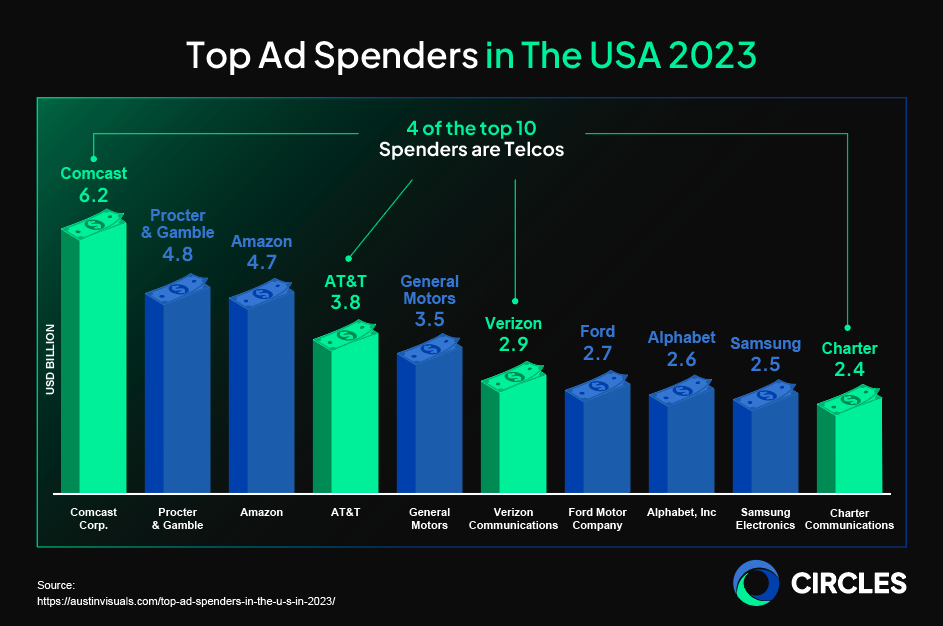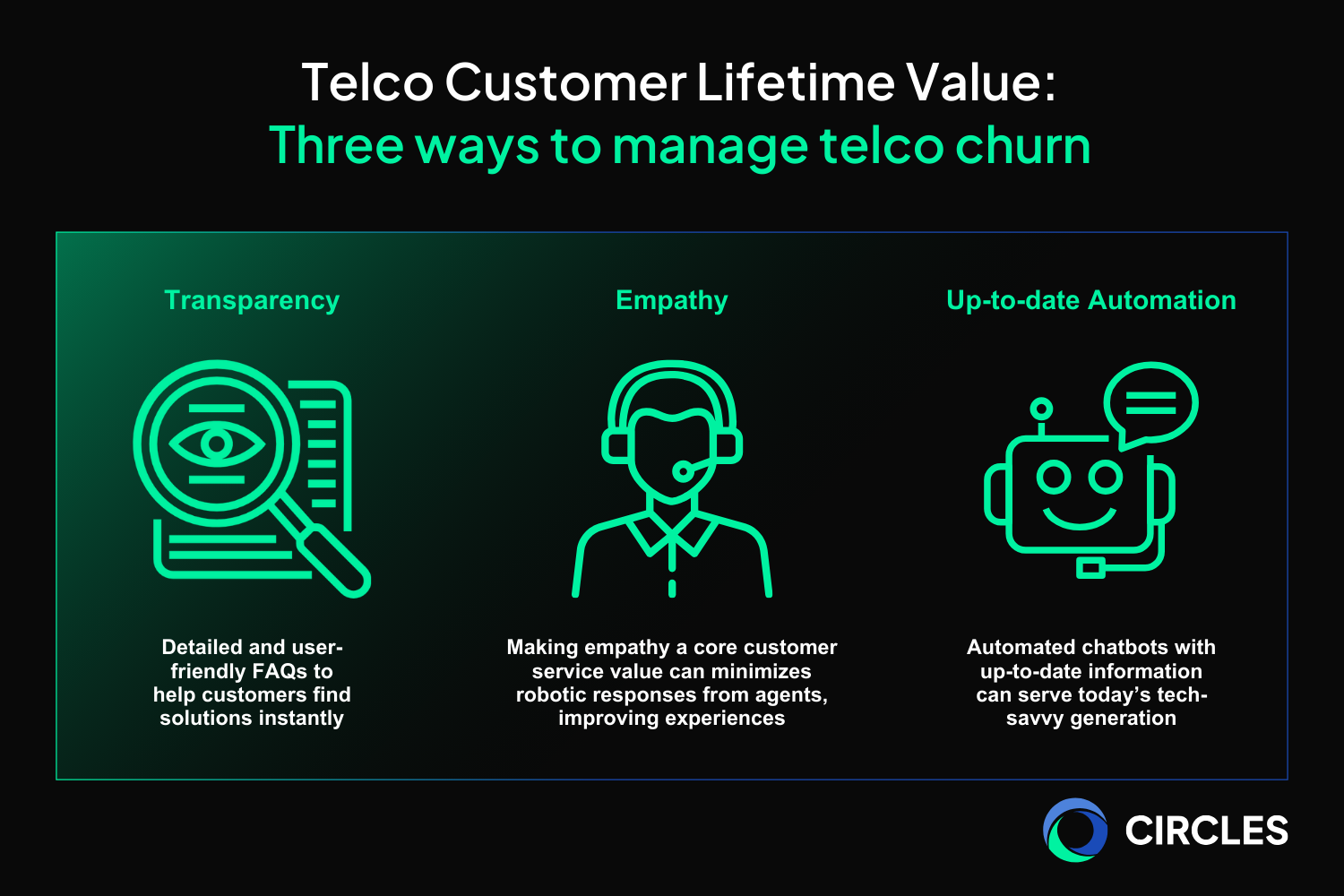

In Telco, Speed-to-Learn Is the New Speed-to-Market
For telcos, acquiring new subscribers has never been harder or more expensive. With rising acquisition costs, declining loyalty, and market saturation legacy operators are under pressure to modernize go-to-market strategies. Building Digital Mobile Operators (DMOs) brands offers one way forward.
DMOs are digital-native telco brands that are built for digital-first engagement, providing a faster, leaner path to market while letting telcos experiment with approaches, niche market segments and test new telco software suites.
DMOs' fully digital nature allows their Subscriber Acquisition Costs (SAC) to be modeled like a digital brand: forecasted on platform benchmarks, optimized in real time, and continuously improved across campaign cycles with data-driven precision. This approach lets telcos reduce risk, validate audience-product fit early, and maximise learning from each campaign iteration.
DMOs have structural advantages that support this approach:
These structural advantages make DMOs a powerful testbed for market entry, supporting faster campaign cycles, tighter subscriber acquisition cost (SAC) control and scalable learning. All these learnings can then be applied to improve customer experiences and boost customer lifetime value (LTV).
However, launching new brands is a costly endeavour, and with telco industry growth slowing down during this period there is renewed pressure to make every dollar count. DMO pilot launches offer a powerful testing ground to align SAC and LTV models, helping to de-risk market entry while building the financial logic for scale.
This article explores how SAC modeling and customer lifetime value planning for DMOs can help legacy telcos build better market entry pilot campaigns, reduce waste, and make financial planning more responsive to market reality.
SAC As A Living Benchmark Instead of a Fixed KPI
Telco Chief Financial Officers want visibility while Chief Marketing Officers want flexibility. SAC modeling provides a metric that both can align around. It enables leadership to plan go-to-market budgets with rigor while maintaining room for optimization as real data comes in. Here is the SAC formula that is used by Circles:

SAC Forecast and Pilot Setup
Circles’ approach begins with an SAC forecast based on the planned paid and organic marketing channel mix. This sets an initial baseline, but the goal is to outperform it through rapid learning.
Planning an effective SAC model for a DMO brand’s market entry campaign starts with market intent:
While the forecast SAC is used to calculate the initial budget, its main goal is still to collect real benchmark data from the initial campaign for further marketing optimization.
SAC Real-time Benchmarking and Optimization
Priya Seevaratnam, Circles’ Head of Brand & Experience, explains:
“When we’re working on branding and marketing with our clients, we generally advise that we go ahead with campaigns to collect real benchmarks to optimize from.
We’ll start off with estimates that media tools like Google and Meta provide, but when we execute we can then optimize our campaigns with real numbers.”
Circles’ teams have found that optimizing SAC from these benchmarks provides more sustainable and realistic goals for teams to achieve. By starting with real campaign benchmarks, Circles helped bring down the SAC for a DMO brand in Latin America by half through data-driven optimization across media channels.
Initial campaigns will usually result in a high initial SAC, as the new brand is still relatively unknown and most people have not started moving down the marketing funnel. As brand awareness grows and organic media begins to gain traction, the SAC will eventually decrease.
Real data also provides real-time learnings to improve the media mix. For example, while managing digital marketing for a telco brand in Mexico, Circles’ team found that Meta campaigns have shown great promise. Meta (Facebook, Instagram) outperformed Google Search, but only after 4-5 social media ad interactions. In Singapore, by contrast, Google Search drove faster conversions due to higher buyer intent.
Telco operators can still set ambitious target SACs, but Circles’ branding teams can advise on how long it could take to achieve that goal based on what has already been tried and tested in Circles’ own markets.
When done right, this approach brings clarity to SAC planning and agility to optimization. DMOs empower telcos to enter markets with precision, course-correct quickly, and scale based on evidence. Once acquisition becomes cost-effective, retention becomes the multiplier.
LTV as a Strategic Lens: Retaining Your Newly-won Market Share
Customer acquisition can cost 25 times more than retaining existing customers, and telcos are already known for high spending on customer acquisition. Telcos spend twice as much on advertising as a percentage of revenues (4%) compared to the rest of the top 10 (2%). In the USA, 4 of the top 10 ad spenders are telcos.1

Starting with subscriber acquisition costs helps you start the battle for market share. Keeping an eye on customer lifetime value (LTV) will help you keep that market share. Sustainable growth depends on whether acquired users stick, engage, and spend.
Priya notes:
“Tracking the lifetime value and looking at churn is critical. For telco brands that offer no contract plans, customers can cancel at any time. Those who come try you and then drop off are a sign that you are not offering real, tangible value.
We track LTV and we aim to implement practices in terms of churn management, customer value management, and customer support which refer to as customer happiness in Circles. All this is geared towards improving LTV.”
Tracking churn and LTV helps point out to DMOs why customers are churning and what led up to that point. These can then inform improvements to customer experiences as well as churn prevention offers to persuade customers to stay, such as personalized offers or even just hearing out their grouses.
This requires tracking the right data and ensuring that your different systems are talking to each other, including:
Social media sentiment, customer support and customer experience feedback along with NPS can all provide input on how to improve customer experiences and manage churn.
Negative NPS signals that something has gone wrong, which allows telcos to deep dive into those users’ records to identify what can be done. Revenue leakage also provides additional perspective when making business decisions.
Having a dedicated team for customer value management can help give telcos a clear understanding of where its customers are coming from, the types of people churning, the value that is or isn’t being provided and the revenue leakage that occurs when people churn.
Bill shock is a great example of a negative event that leads to churn. When customers are charged more than they expect, they feel cheated. This feeling is more serious than communication issues, and telco software teams, such as those in Circles, scour through data to identify where bill shocks could happen.
Sustaining customer lifetime value begins with a proactive approach to engagement, informed by insights from Circles’ ongoing support of several telco brands across diverse markets. Here are three ways that this can be achieved:

Transparency: Giving customers enough information that they can easily find on their own, such as through FAQs or chatbots is a good step forward. With many customers becoming more digitally-savvy, this helps them find answers faster and solve their problems instantly.
Empathy: Behind every customer service call is a human who is frustrated with all the experiences they have faced so far.
Having customer service teams demonstrate empathy as the core value as opposed to making customers feel like they are just another task to be finished off has helped in reducing churn.
That means eliminating situations where the customer agent robotically reads out from a script and is just hitting KPIs.
Up-to-date Automation: Having world class chatbots on your website and ensuring the bots have the most up-to-date information can go a long way to keeping customers happy.
Today’s consumers are warming to automation and AI agents.2 Millennials and Gen Z are most comfortable interacting with AI agents. Meanwhile, the Technology Acceptance Model posits that people’s acceptance of technology depends on whether the technology is seen as user-friendly and providing valuable assistance.
That means providing customers with an intuitive and user-friendly chatbot which has access to the most up-to-date information can help customers get the right information at the right time, preserving customer lifetime value.
At the end of the day, SAC and LTV go hand-in-hand. It’s good to ensure that the customer experience and customer support engine is ready before scaling campaigns further. You can read more about the ways that we manage customer churn here.
From Pilot to Portfolio: Embedding DMO Thinking in Telco GTM
For CMOs and GTM leaders, launching digital sub-brands can help the telco defend market share and serve underserved market niches. Having a plan to make them financially viable and operationally scalable can help to win more budget for these expansion plans.
Plan sub-brands with clear SAC thresholds and funnel targets based on well-researched estimates. Communicate that the SAC is the benchmark to beat, and that subsequent campaigns as the market moves down the funnel will result in lower SACs with each stage of the branding campaign.
Run geo-targeted experiments with variable media mixes and optimize the campaigns from there. With each subsequent campaign, adapt and localize offers and bundles using not just SAC and LTV data, but as much information about the customer as possible. Having a software suite that provides 360 degree customer insights can go a long way to supporting this.
Circles’ own framework, Connectivity, Delight, and Beyond, lets operators deploy fast, learn fast, and scale with confidence. In Singapore, Japan, Mexico, and the Middle East, these DMO pilots became full portfolios.
CMOs, It’s Time to Test Smarter
In a post-growth world, telcos can no longer afford to launch big and hope for the best. CAC and LTV give leaders the metrics to test fast, fund responsibly, and build brands that last.
Pilot to learn. Benchmark to improve. Scale only when you know it works.
Let Circles help you launch your next digital pilot with precision.
